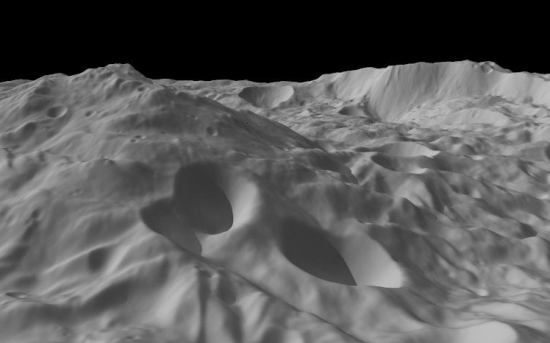A family struggles to complete a Knoxville to Nashville trip using an electric car
An exercise in absurdity: A family struggles to complete the 180 mile trip from Knoxville to Nashville using an electric car.
The Blink fast-charge station was on the blink. Efforts to use the two available plugs yielded nothing for Stephen Smith when he and his family arrived in Lebanon in their electric vehicle.
But all was not lost as the Smiths closed in on their destination – a brother’s house only 22 miles away in Antioch. With ten miles of available power left on their car, they could take advantage of a slower charger next to the other at the Blink station at Cracker Barrel. It took about an hour, but the boost gave enough energy for a total of 30 miles.
They also had to pay attention to whether the route was flat or hilly, as any hills significantly reduced their range of about 75 miles. In addition, they found that even that number was unreliable, and that often the maximum range the car could travel was far less.
Even the fast-charge station still needed about 30 minutes to charge up the car. Imagine having to wait 30 minutes every time you needed to fill up, and imagine having to do it every 70 miles.
There is a reason electric cars can’t compete with gasoline, and this journey illustrates it.
An exercise in absurdity: A family struggles to complete the 180 mile trip from Knoxville to Nashville using an electric car.
The Blink fast-charge station was on the blink. Efforts to use the two available plugs yielded nothing for Stephen Smith when he and his family arrived in Lebanon in their electric vehicle.
But all was not lost as the Smiths closed in on their destination – a brother’s house only 22 miles away in Antioch. With ten miles of available power left on their car, they could take advantage of a slower charger next to the other at the Blink station at Cracker Barrel. It took about an hour, but the boost gave enough energy for a total of 30 miles.
They also had to pay attention to whether the route was flat or hilly, as any hills significantly reduced their range of about 75 miles. In addition, they found that even that number was unreliable, and that often the maximum range the car could travel was far less.
Even the fast-charge station still needed about 30 minutes to charge up the car. Imagine having to wait 30 minutes every time you needed to fill up, and imagine having to do it every 70 miles.
There is a reason electric cars can’t compete with gasoline, and this journey illustrates it.

